MCCB wiring diagram:
This diagram shows how to make an MCCB wiring diagram. In this circuit, we use a 3-phase motor, an MCCB ( Molded Case Circuit Breaker ), a voltage control transformer, a magnetic contactor, a start switch, a stop switch, and an overload relay. First, we need to connect the MCCB with the power source, then connect the magnetic contactor, then connect the transformer, then connect the start switch and stop switch, then connect the overload and motor with the circuit breaker.
Advertisements
Components needed For this Project:
You can get the components from any of the sites below:
- MCCB 63A [See Buy Click Amazon]
- Magnetic Contactor 40A [See Buy Click Amazon]
- Motor Protector Overload [See Buy Click Amazon]
- Transformer 12V [See Buy Click Amazon]
- Push Button NO Switch [See Buy Click Amazon]
- Push Button NC Switch [See Buy Click Amazon]
- 3 Phase Motor (5 HP) [See Buy Click Amazon]
*Please note: These are affiliate links. I may make a commission if you buy the components through these links. I would appreciate your support in this way!
Components used to make the MCCB Wiring Diagram:
The MCCB consists of a bimetallic sheet that expands and contracts when the temperature of the MCCB changes. Due to overload, the bimetallic strip will start to bend and eventually. it will trip if more current flows in the circuit than the predetermined current. The trip mechanism opens the breaker. MCCB stands for Molded Case Circuit Breaker. It is another type of electrical protection device that is used when the load current exceeds the limit of a miniature circuit breaker. The MCCB provides Protection against Overload, and Short Circuit Faults and is also used for Switching the Circuits.
02. Magnetic Contactor:
A magnetic contactor is an electromagnetic switching device. It is generally used for controlling 3-phase Motors. The operation of a magnetic contactor is similar to that of a Relay. but a relay is used for low-power or low-voltage connections, and a magnetic contactor is used for high-power or high-voltage connections. As soon as the supply is applied to the magnetic contactor coil. its normally open contacts are closed and normally closed contacts are opened and the associated devices are also operated. This is how a magnetic contactor works.
Overload Protection is Protection Against a Running Overcurrent That Would Cause Overheating of The Protected Equipment. Hence, An Overload is Also a Type of Overcurrent flow. Overload Protection Typically Operates on an Inverse Time curve where the Tripping Time Becomes less as the Current Increases. This Overload Protector is an Essential Component for Many Sockets Power Systems. The Top-Quality Overload Protector can Effectively Protect Electrical Products from Power Surges.
04. Transformer:
Using a transformer, electric energy can be moved from one AC circuit to another. A Transformer uses the electromagnetic induction principle to either increase or decrease the AC voltage (step-up or step-down). To lower the power in the circuits of low-voltage devices like doorbells, transformers are frequently utilized.
NO (Normally Open) Terms Refer to a Type of Dry Contact or Wet Contact. A Push to Make Switch Allows Electricity to flow Between its 2 contacts when held in. When the button is released, the Circuit is broken. This type of Switch is also known as A Normally Open (NO) Switching system. As its name implies, a Normally Open (NO) Switch Contact or “a Contact” is a Switch. Put very simply, a Normally Open Sensor will have no Current When in a Normal State But When it Enters an Alarm State it will have +5V applied to the Circuit.
06. Stop Switch:
An NC (Normally Closed) Push Button is a Push Button That, In Its Default State, Makes Electrical Contact With The Circuit. An NC (Normally Closed) Push Button is a Push Button that, in its Default State, Makes electrical Contact With the Circuit. When The Button Is Pressed Down, The Switch no Longer Makes Electrical Contact And The Circuit is Now Open. When The Button is Not Pressed, Electricity Can Flow, But When it is Pressed The Circuit is Broken. This type Of Switch is Also known As a Normally Closed (NC) Switch.
A 3-phase electric motor uses a 3-phase Power Supply to Convert Electric Energy into Mechanical Energy. It contains four Wires (Three hot Wires and one Neutral Wire) and Uses 3 Alternating Currents of the Same Frequency. Since it Generates a Rotating Magnetic Field, it does not need a Capacitor for the Startup. Some 3-phase Motors are Reversible, Which Means they can serve as Generators by Turning Mechanical Energy into Electrical Energy.
Thank You for visiting the website. Keep visiting for more Updates.
Frequently asked questions
MCCB settings control tripping parameters and define how the breaker operates to protect an electrical circuit diagram or piece of electrical equipment. These settings are important for the safe operation of an electrical system or must be correctly adjusted.
MCCBs are used in high-energy requirement applications such as high-power supply equipment in industries or for commercial purposes. MCBs have ratings under 100 amps. MCCBs go as high as 2500 amps. It is a low-voltage circuit diagram breaker.
The rating current of an MCCB is 10 to 200 amps (the rating current is the maximum current flow that the circuit should draw) MCCBs are primarily used in heavy current flow circuits.
Using an MCB with a lower rating than required could cause it to trip frequently. Check the ampere rating of the MCB before installation. Avoid overloading, Avoid overloading the circuit diagram with too many electrical appliances or devices. Unplugging unused devices could help to reduce the load on the circuit.
MCCBs are designed to detect ground faults and quickly interrupt the flow of current flow to prevent injury or damage. The trip unit of an MCCB is designed to detect ground faults or trip the breaker within milliseconds to prevent injury or damage.
Read more Single Phase Wiring
What is a kilowatt-hour (kWh) | kwh formula | What does kwh mean
Introduction to Electrical Units and CircuitskW and kWh on your electricity bill As your home uses electricity during...
What is the Difference Between kVA | What does KVA mean | kVA formula
Difference Between KVA ExplainedWhat does KVA Mean? There are technical terms aplenty when it comes to generators, and...
Power Factor | Power Unit | Energy | Electricity Unit
Power factor definition | Calculating Power FactorPower Factor Values In a purely resistive circuit, the power factor...
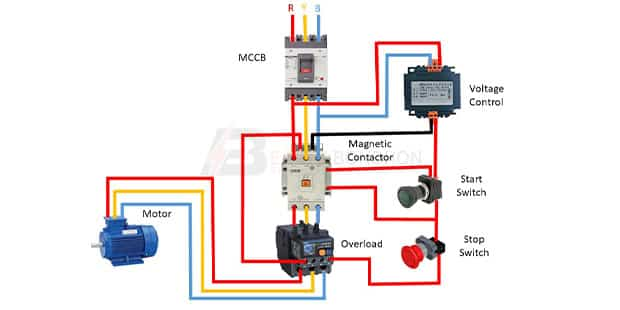
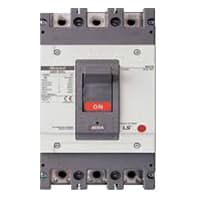
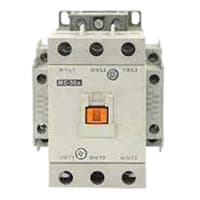
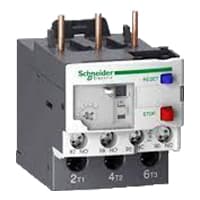
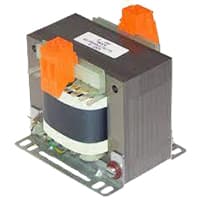
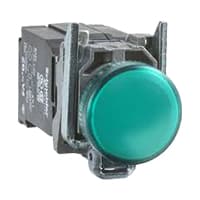
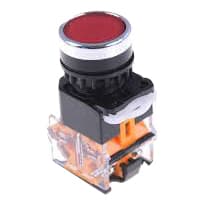
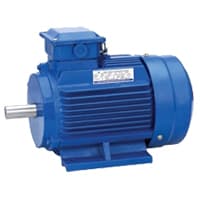
0 Comments